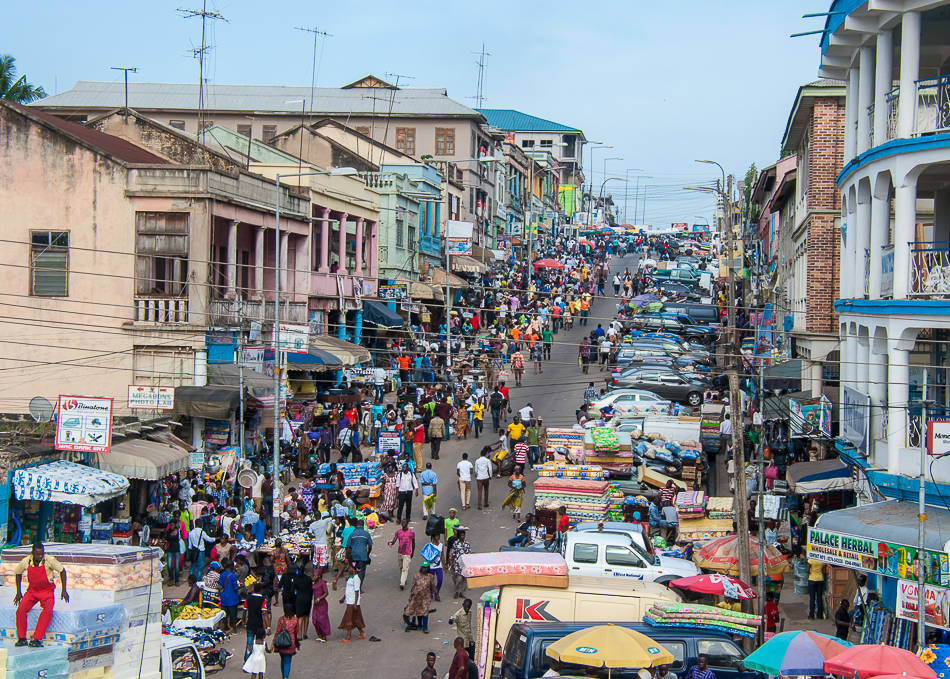Cultural Landmarks In Kumasi: A Journey Through History And Heritage
Share
Kumasi, the vibrant capital of the Ashanti Region in Ghana, is a city rich in culture and history. Known for its bustling markets, traditional crafts, and significant historical sites, it offers travelers a unique glimpse into the heart of Ghanaian heritage. This article will guide you through some of the most important cultural landmarks in Kumasi, ensuring you experience the essence of this remarkable city.
1. The Manhyia Palace Museum
The Manhyia Palace Museum is a must-visit for anyone interested in the history of the Ashanti Kingdom. Once the official residence of the Ashanti kings, this palace now serves as a museum showcasing the rich history and culture of the Ashanti people. Visitors can explore the beautifully restored rooms, view royal artifacts, and learn about the traditions that have shaped this influential kingdom.

Key Features:
- Royal Artifacts: The museum houses a collection of regalia, including crowns, swords, and ceremonial items.
- Guided Tours: Knowledgeable guides provide insights into the history and significance of the Ashanti monarchy.
- Cultural Events: Occasionally, the museum hosts cultural events that showcase traditional music and dance.
2. The Kejetia Market
No trip to Kumasi is complete without a visit to the Kejetia Market, one of the largest open-air markets in West Africa. This bustling marketplace is a sensory overload, filled with vibrant colors, enticing aromas, and the sounds of haggling vendors. Here, you can find everything from traditional textiles and crafts to fresh produce and street food.

What to Expect:
- Local Crafts: Discover unique handmade items, including kente cloth, beads, and wood carvings.
- Street Food: Sample local delicacies such as fufu, kelewele (spicy fried plantains), and jollof rice.
- Cultural Experience: Engage with friendly locals and experience the lively atmosphere of daily market life.
3. The Okomfo Anokye Sword
The Okomfo Anokye Sword is a legendary artifact that symbolizes the power of the Ashanti Kingdom. According to local lore, the sword was plunged into the ground by Okomfo Anokye, a high priest and co-founder of the Ashanti Empire, to signify the establishment of the kingdom. It remains embedded in the ground at the site of the old Asantehene's palace, serving as a reminder of the kingdom's strength and unity.
Significance:
- Cultural Heritage: The sword represents the spiritual and political authority of the Ashanti people.
- Historical Tours: Visitors can learn about the fascinating stories surrounding the sword and its role in Ashanti history.
4. The Ashanti Cultural Centre
The Ashanti Cultural Centre is a hub for arts and crafts, showcasing the rich artistic heritage of the Ashanti people. Here, you can find workshops where artisans create traditional crafts, including pottery, weaving, and wood carving. The center also hosts cultural performances, offering visitors a chance to experience traditional music and dance.
Highlights:
- Artisan Workshops: Observe skilled craftsmen at work and purchase unique souvenirs directly from the makers.
- Cultural Performances: Enjoy vibrant displays of traditional dance and music, often performed by local troupes.
- Exhibitions: Explore exhibitions that highlight the history and significance of Ashanti art and culture.
5. The Kumasi Fort and Military Museum
The Kumasi Fort, built in the late 19th century, is a historical site that played a significant role during the Ashanti-British wars. Today, it houses the Military Museum, which showcases artifacts from the military history of the Ashanti Kingdom and its encounters with colonial powers.
What to See:
- Military Artifacts: View weapons, uniforms, and other items that tell the story of the Ashanti military.
- Guided Tours: Learn about the fort's history and its strategic importance during the colonial era.
- Scenic Views: Enjoy panoramic views of Kumasi from the fort's vantage point.
Best Time to Visit Kumasi
Kumasi experiences a tropical climate, with two main rainy seasons. The best time to visit is during the dry season, which typically runs from November to March. During this period, the weather is warm and pleasant, making it ideal for exploring the city's cultural landmarks.
Weather Information:
- November to March: Dry season with average temperatures ranging from 25°C to 30°C (77°F to 86°F).
- April to October: Rainy season with higher humidity and occasional heavy downpours.
Conclusion: Embrace the Culture of Kumasi
Kumasi is a city that pulsates with life, history, and culture. From the majestic Manhyia Palace Museum to the vibrant Kejetia Market, each landmark tells a story that contributes to the rich tapestry of Ashanti heritage. As you wander through the streets of Kumasi, take the time to engage with the locals, savor the delicious cuisine, and immerse yourself in the traditions that define this remarkable city.
Whether you're an avid history buff or a curious traveler, Kumasi offers an unforgettable experience that will leave you with lasting memories. Don't miss the opportunity to book your flights and accommodations to explore this cultural gem.
- Hotels & Flights: Book your stay and flights here
- Transfers: Arrange your transfers
Kumasi awaits you with open arms, ready to share its stories and culture. Are you ready to experience the heart of Ghana?



